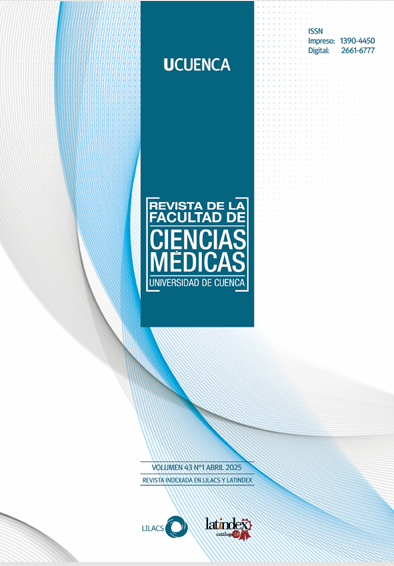Interdisciplinary analysis of the media representation of mental illnessesn of mental illnesses
DOI:
https://doi.org/10.18537/RFCM.43.01.05Keywords:
anxiety, depression, mental disordersAbstract
Introduction: this study examines the influence of the media on the public perception of mental illnesses, particularly how media narratives affect public health and access to treatments.
Objective: to identify how the media constructs representations of mental disorders, such as depression, anxiety, and schizophrenia, and to analyze the impact of these representations on stigmatization and people's willingness to seek help.
Methodology: a qualitative and quantitative analysis of 300 journalistic articles published between 2018 and 2023, selected using stratified random sampling and 10 public health campaigns. The content was analyzed to examine the discursive patterns present in the media, and a focus group with 10 participants was conducted to gather perceptions on media representations of mental disorders.
Results: although depression and anxiety are better represented in a neutral way, schizophrenia is often stigmatized, wrongly linking it to violent behaviors. Positive articles, highlight stories of overcoming and recovery. Furthermore, public health campaigns that integrated testimonies from affected individuals were the most effective in reducing stigma.
Conclusion: The media influences public perceptions of mental illness, reinforcing negative stereotypes, especially those about schizophrenia, which is associated with violence. Although depression and anxiety receive increased attention and some recovery narratives, these do not compensate the negative representations.
Downloads
Published
Issue
Section
License
Copyright (c) 2025 Mihaela Ionela Badin

This work is licensed under a Creative Commons Attribution-NonCommercial-ShareAlike 4.0 International License.
Copyright © Autors.

You are free to:
 |
Share — copy and redistribute the material in any medium or format |
 |
Adapt — remix, transform, and build upon the material for any purpose, even commercially. |
Under the following conditions:
 |
Attribution — You must give appropriate credit, provide a link to the licence, and indicate if changes were made. You may do so in any reasonable manner, but not in any way that suggests the licenser endorses you or your use. |
| NonCommercial — You may not use the material for commercial purposes. | |
| ShareAlike — If you remix, transform, or build upon the material, you must distribute your contributions under the same license as the original. |
| No additional restrictions — You may not apply legal terms or technological measures that legally restrict others from doing anything the licence permits. |






